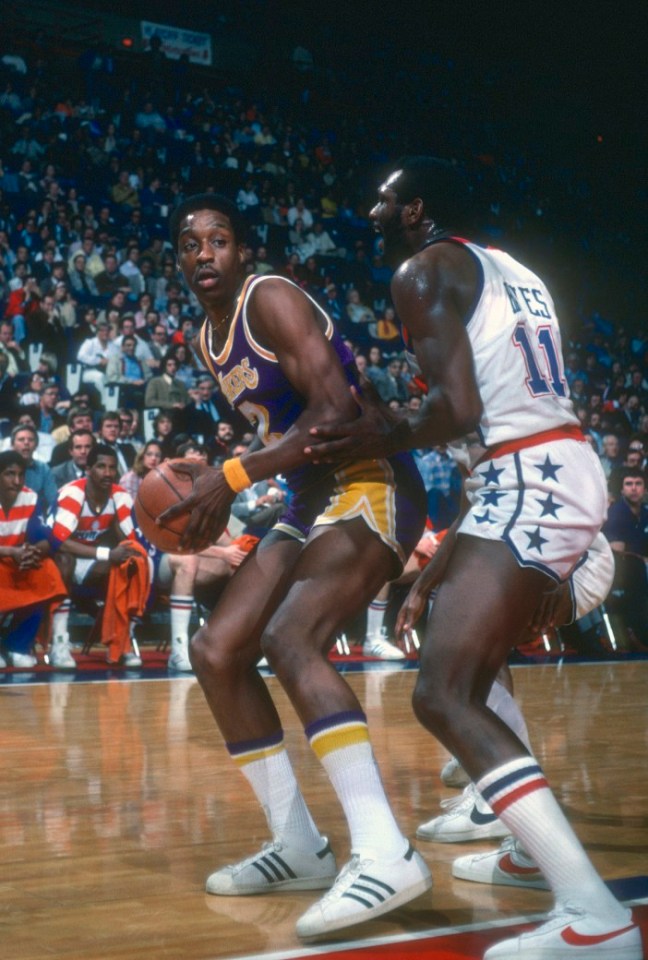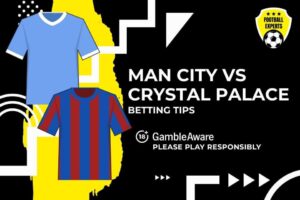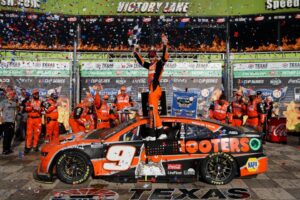Kenny Carr had the privilege of playing alongside two of the all-time greats.
The 6ft 7in hooper was a teammate of NBA icons Magic Johnson and Kareem Abdul-Jabbar, and briefly played with the Hall of Famers at the start of the ‘Showtime’ Lakers era.
Carr was drafted by the Lakers with the 6th pick in the 1979 NBA DraftGetty
But Carr had already played with couple of basketball greats before landing in La La Land.
The former power forward went to DeMatha Catholic in Hyattsville, Maryland, where he played under Hall of Fame coach Morgan Wootten.
He was also teammates with Hall of Famer and future Utah Jazz legend Adrian Dantley – who went on to have his own highly unusual career after the NBA.
Carr and Dantley were both high school and Olympics teammates, and starred together on the 1976 Team USA Olympic squad that won a gold medal in Montreal, Canada.
Carr averaged 6.8 points and 3.2 rebounds in six games in the ’76 Summer Games.
“I just enjoyed throwing the ball up with some of the best players in the world,” Carr said.
“The best competition we had was in training camp. I think the best time of the whole thing was when we were in Chapel Hill and we would just get up and play every day. That is the most fun I have ever had.”
He eventually went to college at North Carolina State, where he became a three-time Third-team All-American and multiple ACC scoring leader, winning the league scoring titles in 1976 and 1977.
Carr was selected by the Los Angeles Lakers in the first round (6th overall) of the 1977 NBA draft.
The PF joined Abdul-Jabbar in the Purple & Gold’s front-court.
In 1979, they were joined by a 6ft 9in point guard by the name of Earvin ‘Magic’ Johnson.
He got to play alongside Kareem and Magic Johnson (pictured)Getty
Injuries plagued his Lakers career and he was traded to the Cavs the season LA won a titleGetty
Carr suffered broken bones in both feet during his rookie and second year, and by the 1979-80 season was a back up behind Spencer Haywood and Jim Chones.
In October of that campaign, Carr was traded to the Cleveland Cavaliers, in exchange for a 1980 2nd round draft pick (No. 31 Wayne Robinson) and a 1981 2nd round draft choice (28 Gene Banks).
The Lakers went on to win the title at the end of that season and Carr missed out on a championship ring.
During his 10-year NBA career, Carr played for the Lakers, Cleveland Cavaliers, Detroit Pistons, and Portland Trail Blazers, averaging 11.6 points and 7.4 rebounds per game.
His best season came with Portland in 1983–84, when he averaged 15 points and 11 rebounds, helping the Blazers make the first round of the playoffs, where they lost to the Phoenix Suns in five games.
Carr played for four teams over a ten-year NBA careerGetty
According to Basketball Reference, Carr made $465,000 in 1985 and made at least $737,250 playing professional basketball.
It was during this time when he began planning for life after sports.
In his final year in the NBA, the 1986–87 season, Carr formed Carr Construction in Portland.
The construction company undertakes the fabrication and erection of structural steel for industrial and commercial buildings, including hospitals, schools, parking structures, and high-tech industrial projects.
“I had friends in the business and got started in 1986,” Carr once recalled.
“I started as a general contractor but eventually moved into the speciality work of sub-contracting in the early 1990s, which I like better.”
He sett up his own construction company in Portland, the place he last played professional basketballGetty
In its more than 35 years in business, Carr Construction has led on a number of projects, including the OHSU Tram in Portland, Paul Allen’s Experience Music Project Museum in Seattle, and Providence Park stadium, home to the Portland Timbers and Portland Thorns professional soccer clubs.
“I’ve been extensively involved with this area…and have seen it grow,” the 69-year-old said.
“We have had a lot of investment in the north Portland area and it’s had a boom in construction lately, raising property values.
“It’s been great to have been a small part of that.”
Despite making a fortune, Carr says his number one objective during work for his crews, which can grow to as many as 50 to 60 workers, is to keep them all safe.
“We make sure safety is the most important aspect in the total picture,” he explained.
“The hard part is that it is difficult to keep track of all of a large crew’s minor injuries.
“You could have a good streak for a while of no injuries and suddenly you hit a bad streak.”



